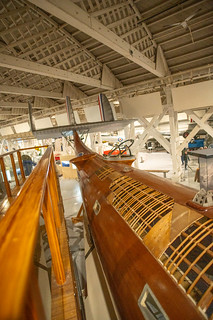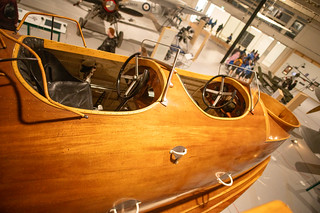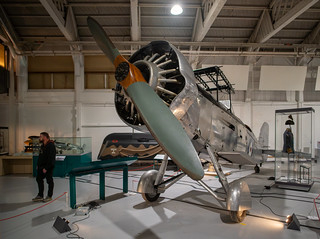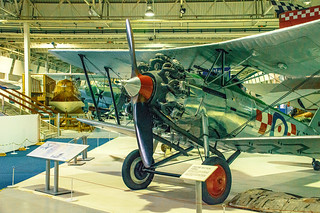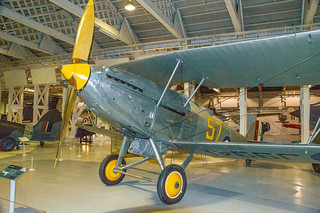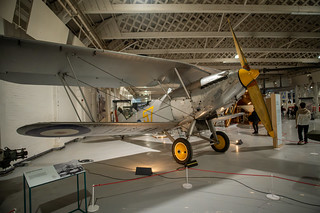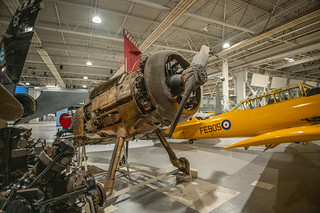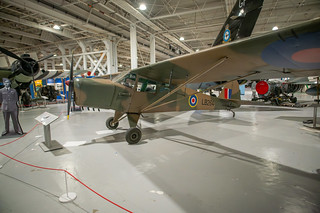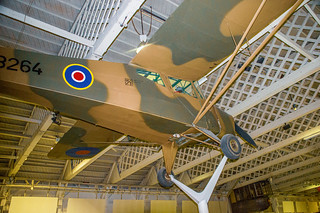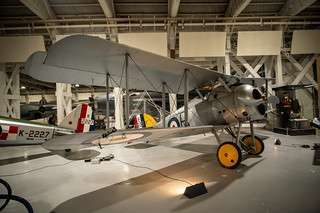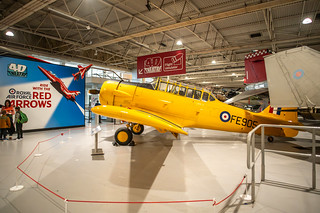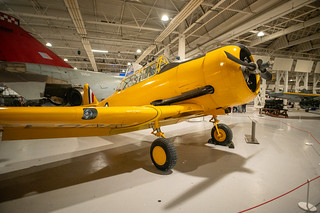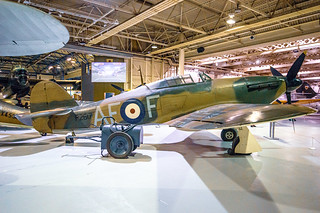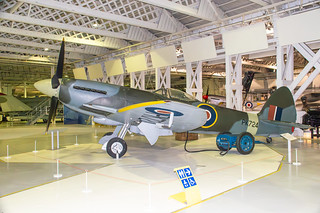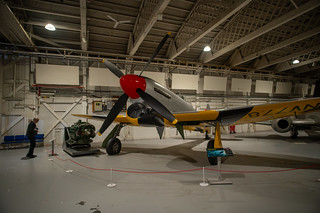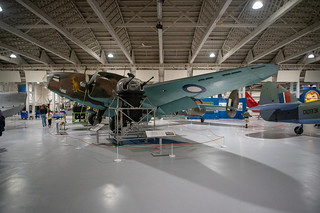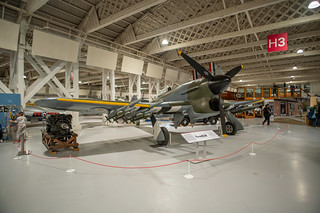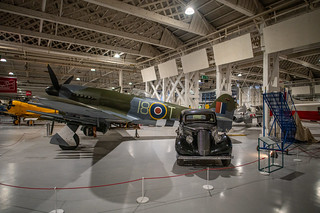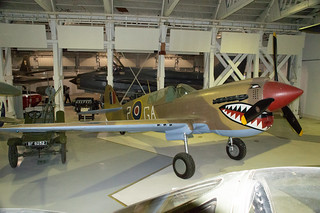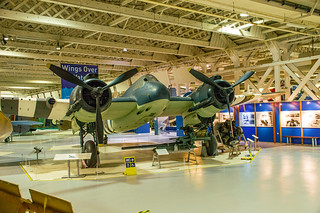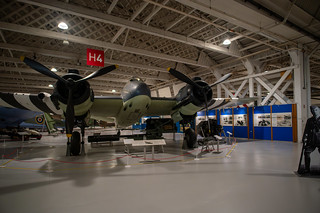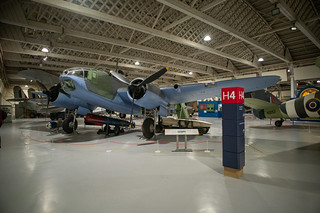Supermarine Southampton
The Supermarine Southampton was a flying boat of the interwar period designed and produced by the British aircraft manufacturer Supermarine. It was one of the most successful flying boats of the era.
The Southampton's origins can be traced to an earlier experimental aircraft designed by R.J. Mitchell at Supermarine, the Swan, which made its maiden flight on 25 March 1924. During this time, the Royal Air Force (RAF) was close to giving up on the procurement of effective large flying boats, having been disappointed by types such as the Felixstowe F.5.[2] Having been impressed by the Swan's performance during trials at RAF Felixstowe, the British Air Ministry generated Specification R.18/24 and ordered a batch of six production Southamptons from Supermarine. Unusually, a prototype was never built and tested, an indication of the Air Ministry's confidence in Mitchell's design
The Supermarine Southampton was a twin-engine biplane flying boat, which was typically powered by a pair of Napier Lion twelve-cylinder engines. The engines are mount on pylons positioned between the wings in a tractor configuration. The engine installation enabled both maintenance and engine swaps to be performed without any interaction with the wing structure. Fuel was gravity-fed to the engines from tanks within the upper wings, the fuselage was kept free of any fuel lines, aside from a fuel pump used to refill the wingtanks from an aft sump while at anchor. The crew were positioned so that they could readily communicate with one another There were three positions for machine guns, one set upon the nose and two staggered towards either side of the rear fuselage. These rear gunners had a relatively favourable field of fire.
en.wikipedia.org
